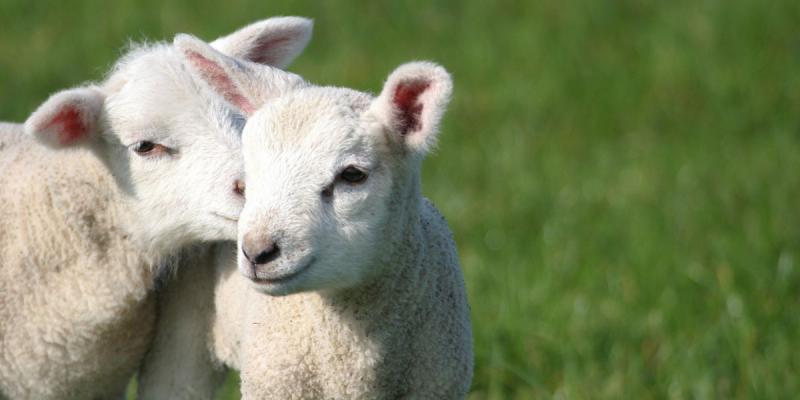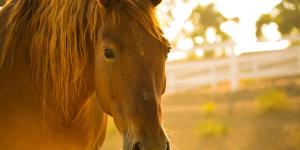You are here
Book of Mormon Central is in the process of migrating to our new Scripture Central website.
We ask for your patience during this transition. Over the coming weeks, all pages of bookofmormoncentral.org will be redirected to their corresponding page on scripturecentral.org, resulting in minimal disruption.
The Book of Mormon says that the people of King Benjamin, “took of the firstlings of their flocks, that they might offer sacrifice and burnt offerings according to the law of Moses” (Mosiah 2:3), yet firstlings were never used for burnt offerings under Mosaic Law.
Under Mosaic law, firstlings (firstborn animals) were dedicated to the Lord (Exodus 13:12, 15). The children of Israel were commanded to bring them to the temple where they were sacrificed, and part of the animals would be eaten by the priests (Lev. 17:8–9; Num. 18:17; Deut. 12:17–18; 15:19–20). There is no suggestion in the Bible, however, that firstlings were ever used for the ola “burnt offering” in which the entire animal was consumed by fire on the altar.
Some readers have interpreted the account in Mosiah 2:3 as suggesting that they were.1
Yet a more plausible reading of the text, is that in accordance with Mosaic law, the Nephites brought the firstlings of their flocks to the temple for sacrifice and that they also brought other unspecified animals for the burnt offering.2 Some biblical scholars have suggested that references to “sacrifices and burnt offerings” in certain passages may be understood as “a merism for the entire sacrificial system.”3 Merismus is a literary device sometimes used in Hebrew and in the Book of Mormon to represent an entire subject only by mentioning some of its parts.4 In other words, the phrase “sacrifices and burnt offerings” can be understood to include all sacrificial offerings made under the law of Moses without mentioning each specifically. It is reasonable to read and interpret the text of Mosiah 2:3 in a similar way.
- 1. M. T. Lamb, The Golden Bible (New York, NY: Ward & Drummond, 1887), 109–110.
- 2. It is also possible that, in this instance, the Nephites' application of this law differed from its practice as recorded in our Bible. Later Rabbinic tradition noted rare exceptions to this law. Mishnah Zebahim 5:8; 10:3 and Temurah 1:1 indicate that only the priests were allowed to eat the firstlings, but Mishnah Temurah 5:2 says that in the case of twin animals, if they are male, one becomes the burnt offering and if the twins are both female, one becomes the peace offering. If the sexes are mixed they need not be offered at all.
- 3. Gary A. Anderson, “Sacrifice and Sacrificial Offerings.” Anchor Bible Dictionary (New York, NY: Doubleday, 1992), 5:878. Baruch Levine observed that Leviticus 17:8 and similar passages which reference brunt offering or sacrifices “retain a merismic quality,” In the Presence of the Lord: A Study of Cult and Some Cultic terms in Ancient Israel (Leiden: Brill, 1974), 21.
- 4. A. M. Honeyman, “Merismus in Biblical Hebrew,” Journal of Biblical Literature 71 (1952): 15.
Further Reading
John W. Welch, “The Temple in the Book of Mormon,” in Temples of the Ancient World: Ritual and Symbolism, ed. Donald W. Parry (Salt Lake City, UT: Deseret Book and FARMS, 1994), 297–387.
Matthew Roper and John Tvedtnes, “Firstlings, Sacrifices, and Burnt Offerings,” Insights: An Ancient Window 26, no. 5 (2006): 2.



